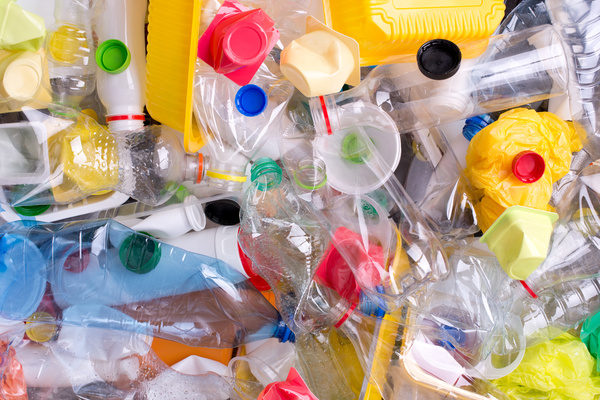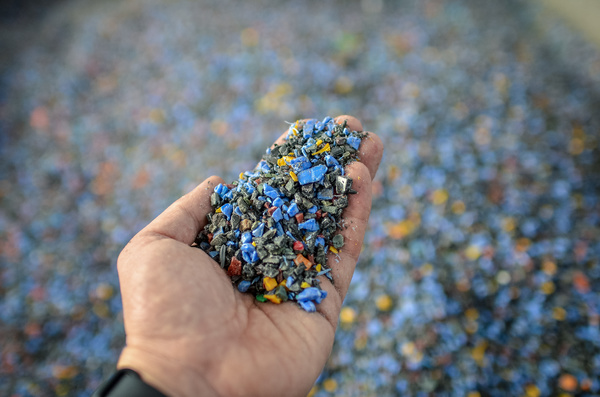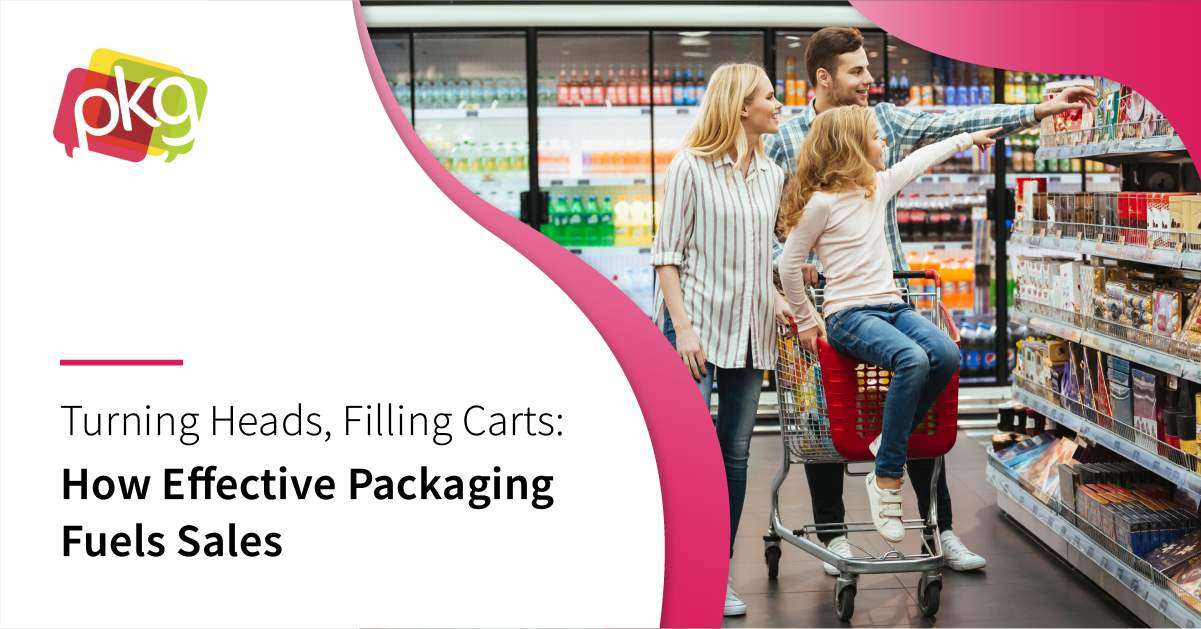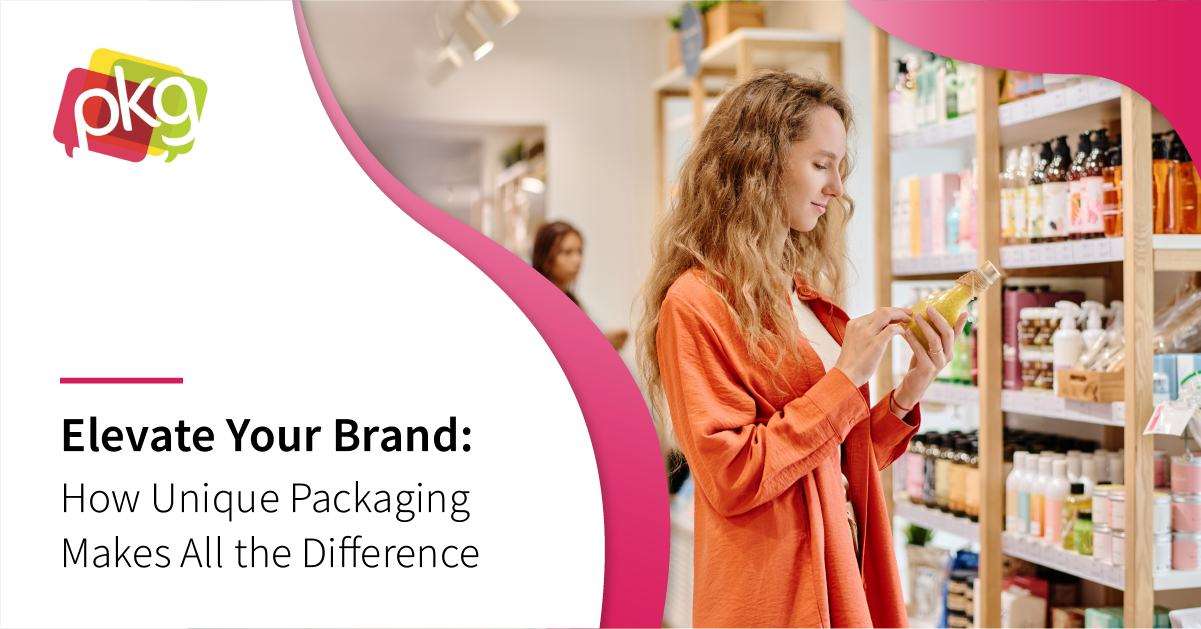
What Are Post Consumer Recycled Materials?
Post-consumer recycled materials (PCR) are the materials consumers recycle. This phrase refers to anything that makes it to the recycling bin, including:
- Aluminum cans
- Plastic bottles
- Paper
Recycling programs collect these items and send them to facilities where employees sort them according to the material. They are then used to manufacture a wealth of other products.
The need to use PCR plastics is increasing. Companies need a way to reuse the estimated 30 billion bottles of water sold each year. One great way to do this is by manufacturing PCG packaging and other products with these materials.
Customers expect packaging design that is environmentally friendly. Companies are meeting these expectations by using all raw PCR materials to meet their high sustainability standards.
How Do You Use PCR?
Some plastics can be recycled and reused without adding any materials. In cases where the plastics aren’t strong enough to be manufactured into new bottles, raw materials are added.
Companies are finding new, innovative ways to create these new bottles without using all-new plastics. Instead, they are incorporating other recycled plastics to serve as reinforcement.
The process begins by cleaning the plastics, which are then turned into pellets. These pellets are then used to manufacture FDA-approved bottles that are safe for food and beverage consumption.

What Are the Benefits of Using PCR?
PCR plastics are made from materials that already exist. This means companies don’t need to worry about using new materials to manufacture products. It also cuts down on the amount of new waste that needs to be recycled.
PCR plastics are environmentally safe and less expensive than newer materials. By using recycled plastics, companies can reduce CPG packaging costs.
It takes less energy to reprocess PCR plastics than newer materials. This reduces pollution and waste while enabling companies to manufacture a durable plastic bottle that looks great and functions as it should.
Using PCR plastics also improves community recycling efforts. It is easy to find because it comes from the recycling bins that sit in garages everywhere. It also provides a constant supply of materials for manufacturing CPG packaging products.
Who Uses PCR Plastics?
The Association of Plastic Recyclers works to increase the demand for PCR products in North America. Their initiative encourages manufacturers to use the materials in their CPG packaging.
Companies who are using PCR plastics lead the way in ensuring a more environmentally sound future. They are using these recycled materials in many different types of products.
What Is the Future of PCR Plastics?
The post-consumer recycled plastics market is trending upward. Research shows it is expected to grow globally from $14.2 billion in 2020 to $18.8 billion in 2025. This will occur at a compound annual growth rate (CAGR) of 5.7 percent.
This trend shows the increase in the collection, recycling, and recovery of PCR plastics. As these activities increase, the demand for other safe recycling methods will continue to grow.
PKG Brand Design is always on the forefront of new CPG branding and packaging initiatives, please subscribe to our blog for the latest package design industry news!







